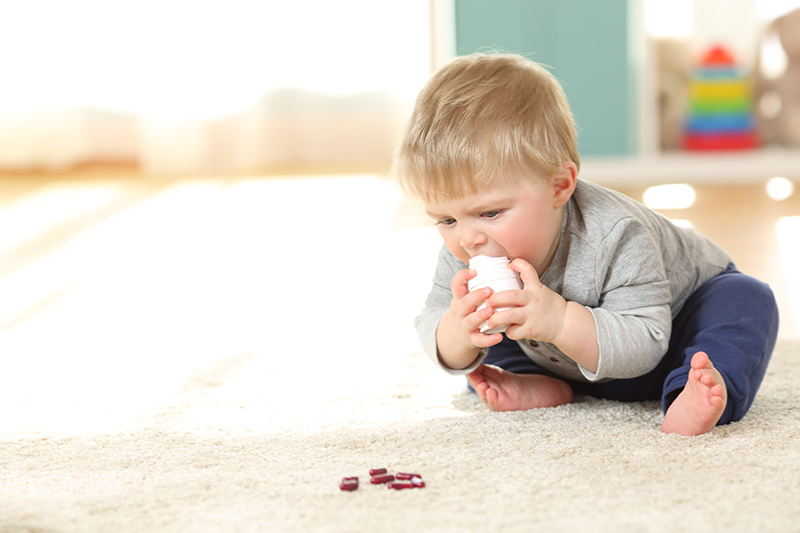
The negative health effects of firsthand smoking and secondhand smoking are widely known.1 Federal, state, and local policies have been passed to decrease the public’s exposure to smoke from cigarettes, cigars, and e-cigarettes.2 In the last decade, a new concept shows that the effects of cigarette smoke can still have a negative impact long after the smoke has been aired out.3 This occurs due to thirdhand smoke.4
Thirdhand smoke is the residue of chemicals from cigarette smoke that remains on surfaces such as walls, clothing, and exposed skin. People come in contact with the particles through direct skin exposure, ingestion, and inhalation. Small children are especially susceptible given that they spend more time closer to the floor and often place their hands in their mouths.5 Children who are held by a caregiver who smokes or is exposed to smoke are also likely to be exposed through contact with the caregiver’s hair or clothing.
Exposure may cause or exacerbate respiratory conditions (for example, asthma), Sudden Infant Death Syndrome (SIDS), and permanent damage to DNA that could increase the risk of cancer.6,7,8 A study published in the Proceedings of the National Academy of Sciences of the United States of America (PNAS) uncovered that the residual nicotine can quickly react with other pollutants in the air to create a carcinogenic (cancer-causing) compound.9 The toxins can build up over time and lead to repeated exposure. Homes, hotel rooms, used cars, and casinos may be high exposure areas. Moreover, people with residue on their clothing can easily transfer the contents to smoke-free areas.10
The idea of thirdhand smoke is still a relatively new concept and more research is needed to understand it fully. That being said, it is clear that the best way to prevent exposure, especially for kids, is to avoid smoking altogether. Other tips include washing and cleaning carpets (in homes and cars), bedding, and clothing frequently and asking caretakers to avoid smoking. It is important to ensure that we do not stigmatize those who smoke; rather, we should help them to understand how their smoking can affect those around them and how they can quit if they choose.
Author bio:
.jpg)
Priya Vedula is a health policy analyst at the Institute for Health Policy and Leadership. Her work involves examining health policies and regulations with a focus on oral health, mental/behavioral health, and hunger. She received her Master of Public Health degree from Columbia University.
References:
- https://www.cdc.gov/tobacco/data_statistics/fact_sheets/health_effects/effects_cig_smoking/index.htm
- https://www.cdc.gov/tobacco/data_statistics/fact_sheets/secondhand_smoke/protection/reduce_smoking/index.htm
- https://tobaccocontrol.bmj.com/content/26/5/548
- https://pediatrics.aappublications.org/content/123/1/e74
- https://www.scientificamerican.com/article/what-is-third-hand-smoke/
- https://www.sciencedaily.com/releases/2018/03/180309095539.htm
- https://www.ncbi.nlm.nih.gov/pubmed/23462851
- https://www.ncbi.nlm.nih.gov/pubmed/22799435
- https://www.pnas.org/content/pnas/107/15/6576.full.pdf
- https://www.cdph.ca.gov/Programs/CCDPHP/DCDIC/CTCB/CDPH%20Document%20Library/Community/EducationalMaterials/ThirdhandSmokeFactSheet.pdf
